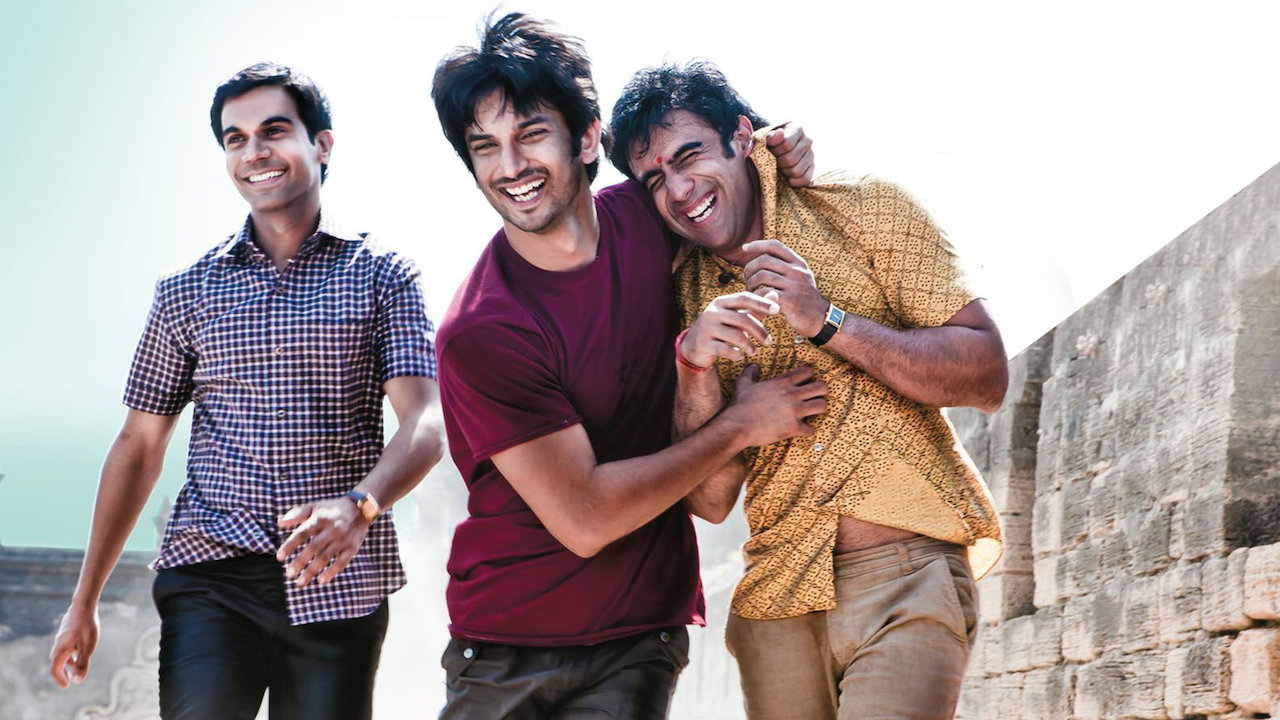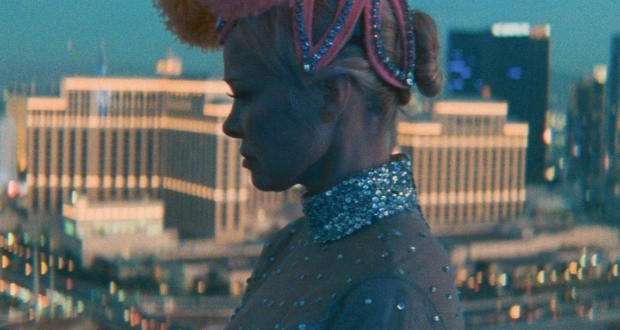The poker sequences in the film Casino Royale explore the mechanics and dynamics of No-Limit Texas Hold’em. This adjustment from Ian Fleming’s original novel, which featured the game of Chemin de Fer, aligns with contemporary poker trends and seeks to engage an audience familiar with Texas Hold’em. However, analysis reveals that the cinematic portrayal, while engaging, often sacrifices realism for dramatic effect in depicting hand outcomes, pot sizes, and player strategies.
Evaluating Player Interactions and Table Etiquette
Understanding player interactions and table etiquette can notably influence the perception of realism in poker scenes. In Casino Royale, the portrayal of non-verbal communication and subtle psychological maneuvers among players contributes to the atmosphere of a high-stakes tournament. For instance, James Bond is observed using strategic pauses and eye contact to unsettle his opponents. Experienced players often implement this tactic in real poker environments. Such dynamics are essential in maintaining the scene’s authenticity and elevates it beyond straightforward gameplay to an intricate psychological duel.
However, the film tends to exaggerate these interactions to enhance dramatic tension. In actual poker settings, players must adhere to a comprehensive understanding of poker rules that include maintaining decorum and respecting the pace of play. Despite this, Casino Royale effectively captures the essence of psychological warfare through an embellished lens. The film offers an intriguing look at the mental aspects of poker by analyzing opponents’ body language and betting patterns. Yet, the emphasis on theatrical gestures can sometimes overshadow the fundamental rules that govern authentic gameplay.
Realism and Critique: An Examination of Poker Mechanics
The film enlisted poker expert Thomas Sanbrook to ensure players exhibited believable poker mechanics such as chip handling and card reading. This attention to detail succeeded in creating visually convincing poker scenes. However, the realism falters with the depiction of hand outcomes in the climactic poker sequences. The final hand, involving a straight flush for James Bond against strong hands held by his three opponents, including two full houses and a flush, has been largely criticized for its improbability. The statistical likelihood of all four players receiving such powerful hands simultaneously is exceedingly low and reduces believability for knowledgeable viewers.
The betting actions portrayed have also been subject to scrutiny. Within the realistic context of high-stakes poker, the concept of Bond checking with the best possible hand on the turn and river is seen as a strategic play meant to maximize pot size. Nevertheless, this portrayal assumes an unusually cooperative set of opponents who fail to capitalize on the opportunity to place pressure on Bond prior to the all-in showdown. Such unanimous decision-making stretches credibility and diverges from realistic high-stakes poker behavior.
Pot Sizes and Their Implications
The final hand’s pot size of $115 million is one of the film’s most glaring embellishments. In comparison with real-world high-stakes poker games, such as those between Andy Beal and professional poker players, the stakes rarely approach the nine-figure amounts depicted in the movie. Even the largest verified online poker pots, which have reached approximately $600,000, are dwarfed by the figures shown in Casino Royale. The cinematic intention can be understood as an effort to heighten tension and establish the stakes. However, the disparity from reality is notable.
Analyzing Bond’s Strategy and Tactics
Throughout the film, James Bond demonstrates a strategic understanding of poker. His decision to lose earlier hands cautiously reflects a legitimate tactic used by poker players to fly under the radar and prevent other players from perceiving them as threats. Bond engages in the psychological aspect of the game by observing opponents and identifying tells. These moments add intrigue and depth, balanced against coincidental card deals and fortuitous outcomes that dilute the perception of Bond as a skilled player.
The characterization of Le Chiffre, the film’s antagonist, adds another layer to this portrayal by highlighting his poker intelligence. The representation of Le Chiffre’s tells, such as cheek rubbing when bluffing, although visually effective, oversimplifies the complex interplay of detecting physical cues in a real poker game. Such subtle and infrequent tells make their pronounced dramatization in the film seem exaggerated to seasoned players.
Casino Royale remains a touchstone for pop culture’s engagement with poker despite the differences between cinematic presentation and realistic play. This encourages analysis and discussions that resonate beyond the confines of the casino table. The film’s departure from realism might dismay purists. Yet it underscores the art of dramatic storytelling where poker serves as a captivating focal point rather than a didactic focus.












